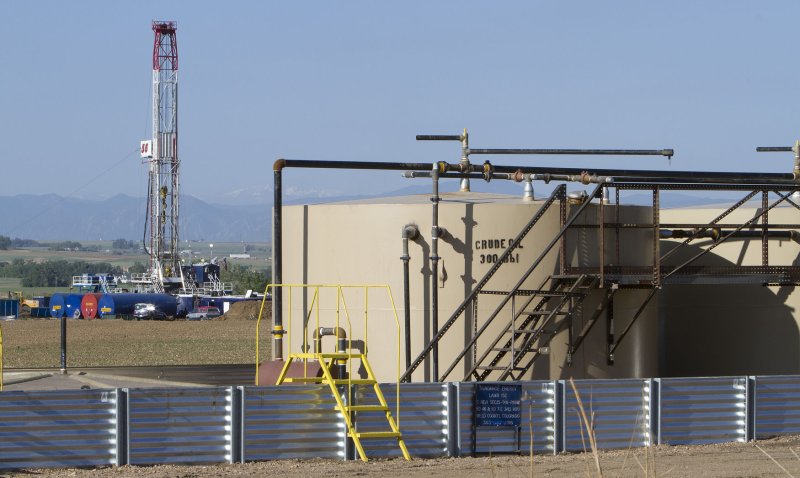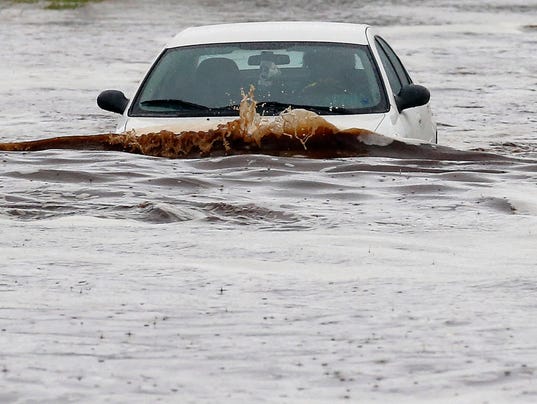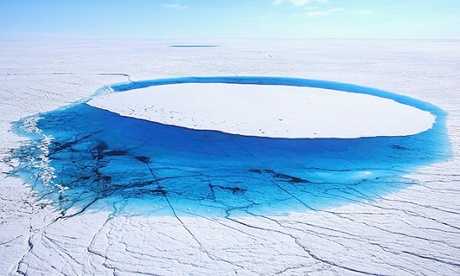 A new study by the World Resources Institute finds that many places with water scarcity are using too much of their resources on fracking. "Eight of the top 20 countries with the largest shale gas resources face arid conditions or high to extremely high baseline water stress where the shale resources are located; this includes China, Algeria, Mexico, South Africa, Libya, Pakistan, Egypt, and India," the study states.
A new study by the World Resources Institute finds that many places with water scarcity are using too much of their resources on fracking. "Eight of the top 20 countries with the largest shale gas resources face arid conditions or high to extremely high baseline water stress where the shale resources are located; this includes China, Algeria, Mexico, South Africa, Libya, Pakistan, Egypt, and India," the study states.
The United States is also at risk, according to the study, since many of the places inside the United States that are good for fracking are going through a drought or generally have low water supply.
To drill a fracking well takes 5 million gallons of water, on average. States like Texas have a strong fracking industry, but lack of water supplies has forced frackers to import water from elsewhere to continue their business.

 Environmental Glance
Environmental Glance Torrential rain from the remnants of a Pacific Ocean hurricane swamped the Desert Southwest Monday, with Phoenix and Tucson seeing some of the worst flooding.
Torrential rain from the remnants of a Pacific Ocean hurricane swamped the Desert Southwest Monday, with Phoenix and Tucson seeing some of the worst flooding. Three millimeters, about one-eighth of an inch, may not sound like much. But when it’s the height water is steadily rising outside your doorstep every year, it may as well be three feet if it’s anything at all.
Three millimeters, about one-eighth of an inch, may not sound like much. But when it’s the height water is steadily rising outside your doorstep every year, it may as well be three feet if it’s anything at all. Global warming is here, human-caused and probably already dangerous – and it’s increasingly likely that the heating trend could be irreversible, a draft of a new international science report says.
Global warming is here, human-caused and probably already dangerous – and it’s increasingly likely that the heating trend could be irreversible, a draft of a new international science report says. Edelman, America’s biggest public relations firm, has for the first time formally declared it will not take on campaigns that deny global warming, in response to an investigation by the Guardian. However it is unclear on its commitment to existing clients that have been involved in spreading doubt about climate change and fighting regulations to cut carbon pollution.
Edelman, America’s biggest public relations firm, has for the first time formally declared it will not take on campaigns that deny global warming, in response to an investigation by the Guardian. However it is unclear on its commitment to existing clients that have been involved in spreading doubt about climate change and fighting regulations to cut carbon pollution.






























